No organization would throw money at a major investment without plenty of good, solid data. But even companies that understand the importance of data don’t always approach their business problems with the right data.
To wit, any project, issue, or investment that centers on employees and the work they do (and let’s face it, that’s most of them) needs to take into account exactly how that work unfolds. This is where detailed work friction data – which helps uncover employee pain points and the obstacles that prevent them from doing their best work – becomes important.
But what does a work friction approach actually look like in practice? The following five use cases from FOUNT clients (some in composite or with altered details to preserve anonymity) show how having this crucial data at their disposal translated into better real-world results.
1. Accelerate AI Adoption
A large financial firm came to us for help understanding why it wasn’t seeing the expected productivity increases from some of the new AI tools it introduced to its IT division. In fact, productivity was flat, even though AI tools can often improve productivity by 66 percent for complex office tasks.
Particularly surprising: while research shows that junior employees tend to benefit the most from AI tools, this organization’s less-senior developers were actually seeing the worst productivity outcomes.
In surveying the employees working with the new chatbots and code assistants, we uncovered two key points of work friction, specifically for the junior developers. New chatbots were not able to access necessary data, and the output of new AI code assistants required manual reviews.
In short, these now-automated tasks had actually become more cumbersome and time-consuming than they were before the AI.
This work friction data helped reveal the everyday pain points of the tool – things the company would have never known without getting deeper into the weeds of the work itself. Better still, now the firm knew what to adjust with its AI tool to make it easier for its employees to use.
Those fixes ultimately helped the organization realize the productivity increases and cost savings ($5.4 million per year) it had hoped the tools would provide.
2. Fix What’s Plaguing Your Digital Transformation Project
About 70 percent of digital transformation projects fail, but most companies don’t know why. For example, one FOUNT client that had recently switched to a new CRM for its sales team was finding decent adoption rates after several months, but no corresponding uptick in productivity. While the firm could easily track adoption data, this information didn’t explain exactly how the CRM was (or wasn’t) working for its sales team or how it might be tweaked to better meet their needs.
By collecting data from sales team members with an eye toward uncovering their work friction, we were able to see that…
- Some employees didn’t like certain aspects of the new CRM and had gone back to doing key tasks such as forecasting on spreadsheets.
- Others were willing to try the forecasting function in the CRM, but because they weren’t sure how to use it they were getting bogged down, hurting their overall productivity.
- Some had gotten frustrated by the system as a whole, so they were logging in to access their contacts (which boosted adoption numbers) but not actively using the CRM for anything else.
With this more granular level of detail, the firm was able to find the “why” that adoption rates alone couldn’t explain. That is, did the problem lie in the tool itself (and, if so, what those problems were), the training, or something else that could be reconfigured? Now there was a clearer path forward for making changes.
Digital transformations are notoriously challenging. Definitive ROI metrics on a new tech tool might not be realized until months or years later. But work friction data helps diagnose in the early stages and in a scalable way where problem areas may lie, allowing you to correct course more quickly.
3. Pinpoint the Sources of Product Waste
Product waste overruns were becoming a significant headache for one major CPG firm – particularly within its loading and shipping processes. Naturally, the company wanted to find out what was behind the problem.
The firm turned to FOUNT to see if work friction data could help uncover exactly where in the process things were going wrong. We collected data from a variety of employees in loading and shipping roles about their pain points and frustrations.
We were able to determine where these employees were encountering friction in their workdays, such as where there were inconsistencies in packing and loading, when they had to come up with an improvised workaround, and when communication between roles broke down.
With this kind of detailed data in hand, the company had a better understanding of the underlying issues and so knew exactly where to focus its efforts to fix the problem. The changes positioned the company to reduce waste by 20 percent.
4. Hold on to Your Best Employees
Employee disengagement and attrition can cost a median-size S&P 500 company between $228 million and $355 million a year in lost productivity. As an example, in one telecom company we worked with, low engagement was leading people to leave the company at an unacceptable rate. And because hiring and onboarding new employees was such a costly process, the situation was quickly becoming untenable.
We looked at current workers across a wide range of topics, and soon discovered that one significant pain point for many new entry-level hires in particular was the lack of a defined career path. Unable to get any clear parameters for advancement from their managers – and often unable to even have that conversation – many got tired of waiting and decided to leave.
By examining this kind of specific work friction data, the company was able to identify and better understand a major source of frustration that was leading good employees to leave. As a result, the organization prioritized career conversations both in its onboarding system and as an ongoing management focus.
5. Give Your Customers a Better Experience
Many of the issues these companies were dealing with not only resulted in unnecessary costs for themselves; in many cases they eventually trickled down to a worse experience for their customers:
- Product waste issues led to inefficiencies in the supply chain, leaving customers without the inventory they needed.
- A poor transition to a new CRM showed up in several awkward or disjointed sales transactions.
- High attrition led to an influx of inexperienced new hires in customer-facing roles.
Customer experience, of course, can be difficult to quantify, but there’s no question that it is both extremely visible and extremely high-impact. For example, 74 percent of people have experienced a product or service problem in the past year – and about a third of them take to social media to voice their displeasure.
No company needs that type of negative press. By eliminating work friction, you can help keep it at bay.
Define the Problem to Determine a Solution
Work friction may seem abstract, but as these real-world use cases clearly demonstrate, it has tremendous value in several key areas. It’s the kind of data that can give companies greater insight into the pain points and obstacles their employees are encountering in their work, which in turn not only helps them define problems but points to possible solutions.
In other words, eliminating work friction can result in not only more satisfied employees and customers, but also the kind of measurable improvements in productivity, cost savings, attrition, and more that can make a big difference in any organization.
Curious about how work friction is weighing down your company’s growth? Check the latest Case Study
.svg)

.webp)

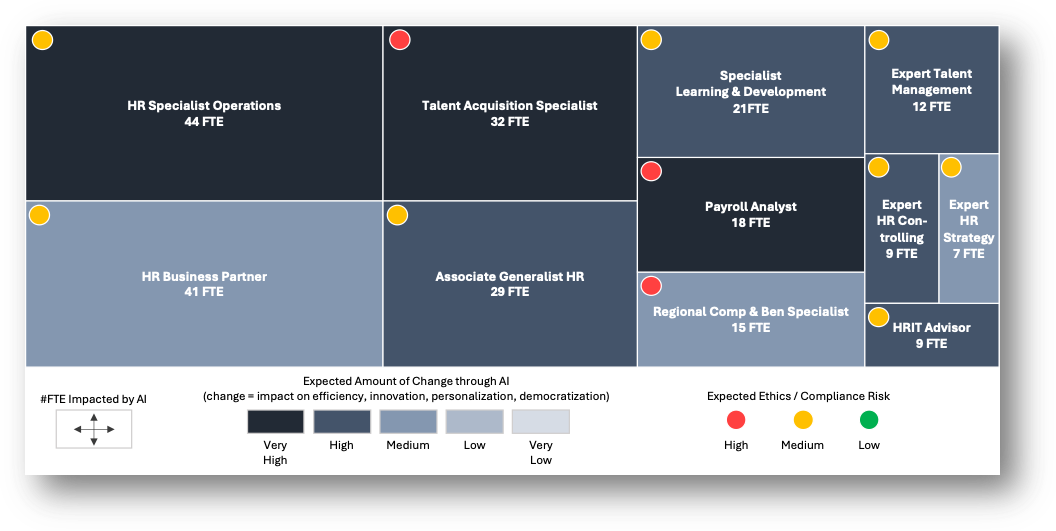
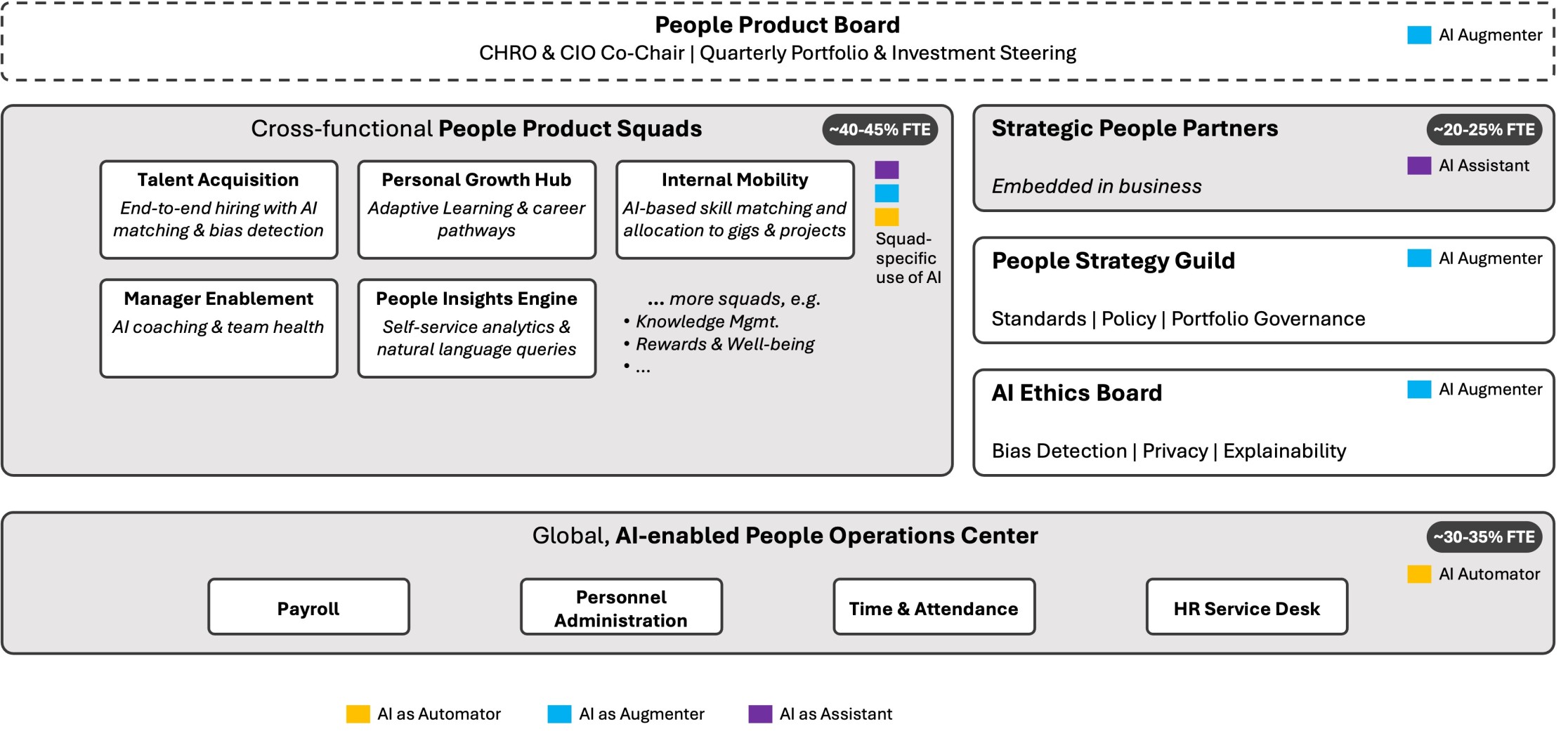

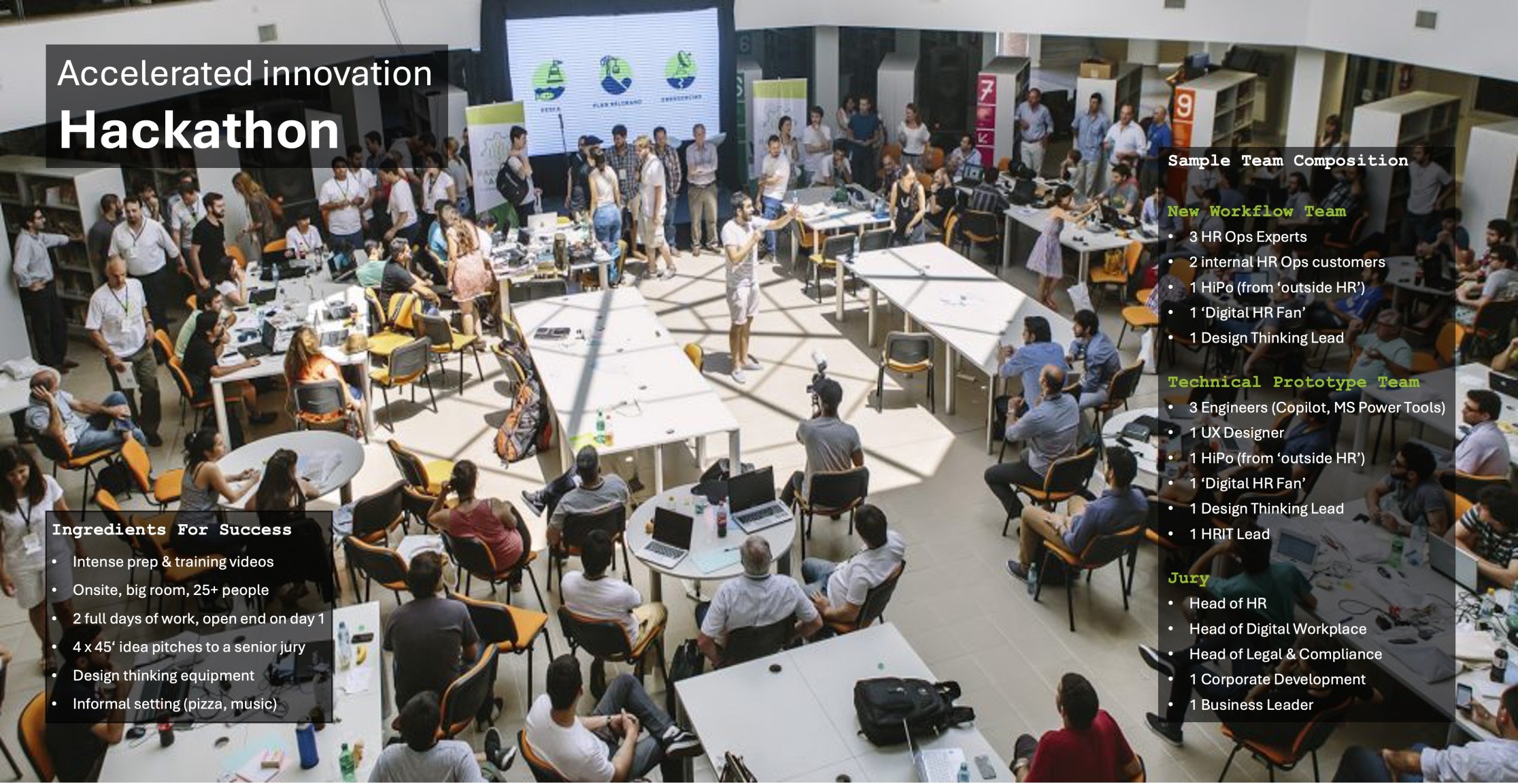
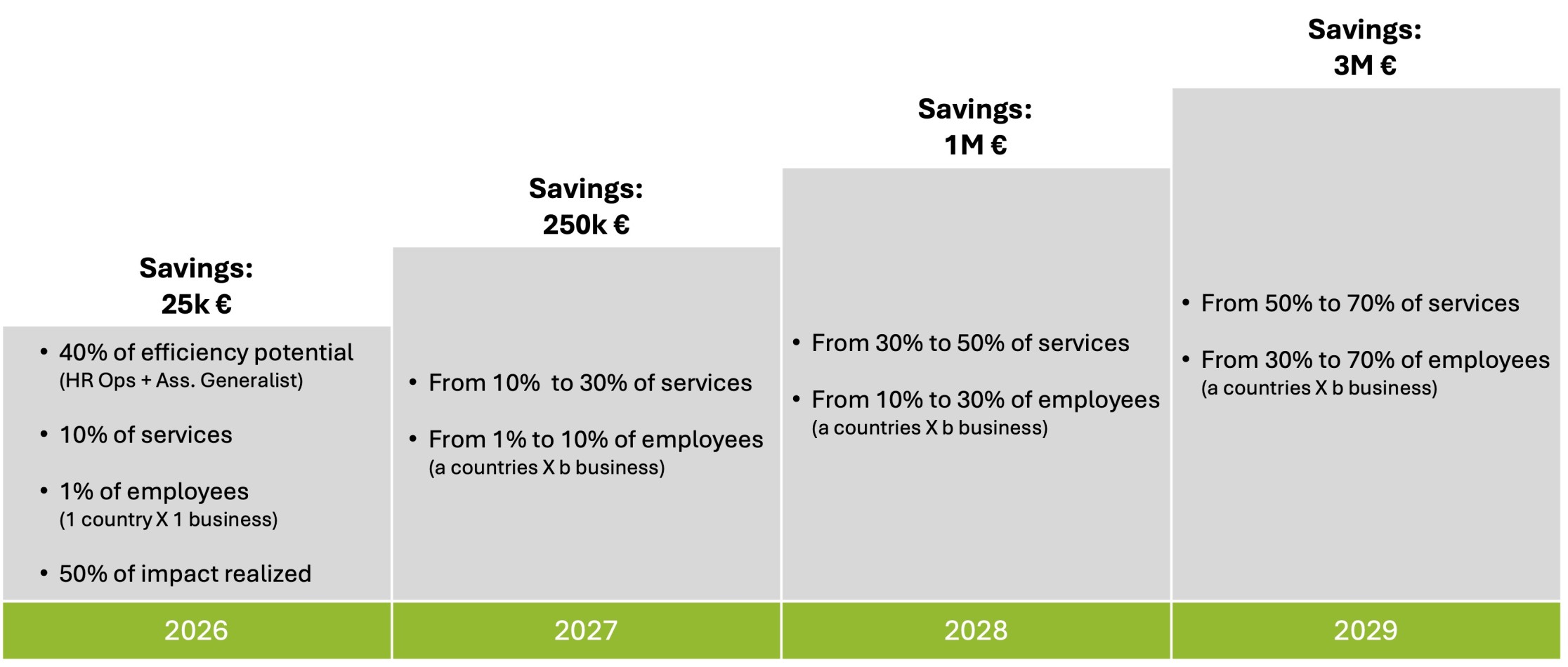

.png)

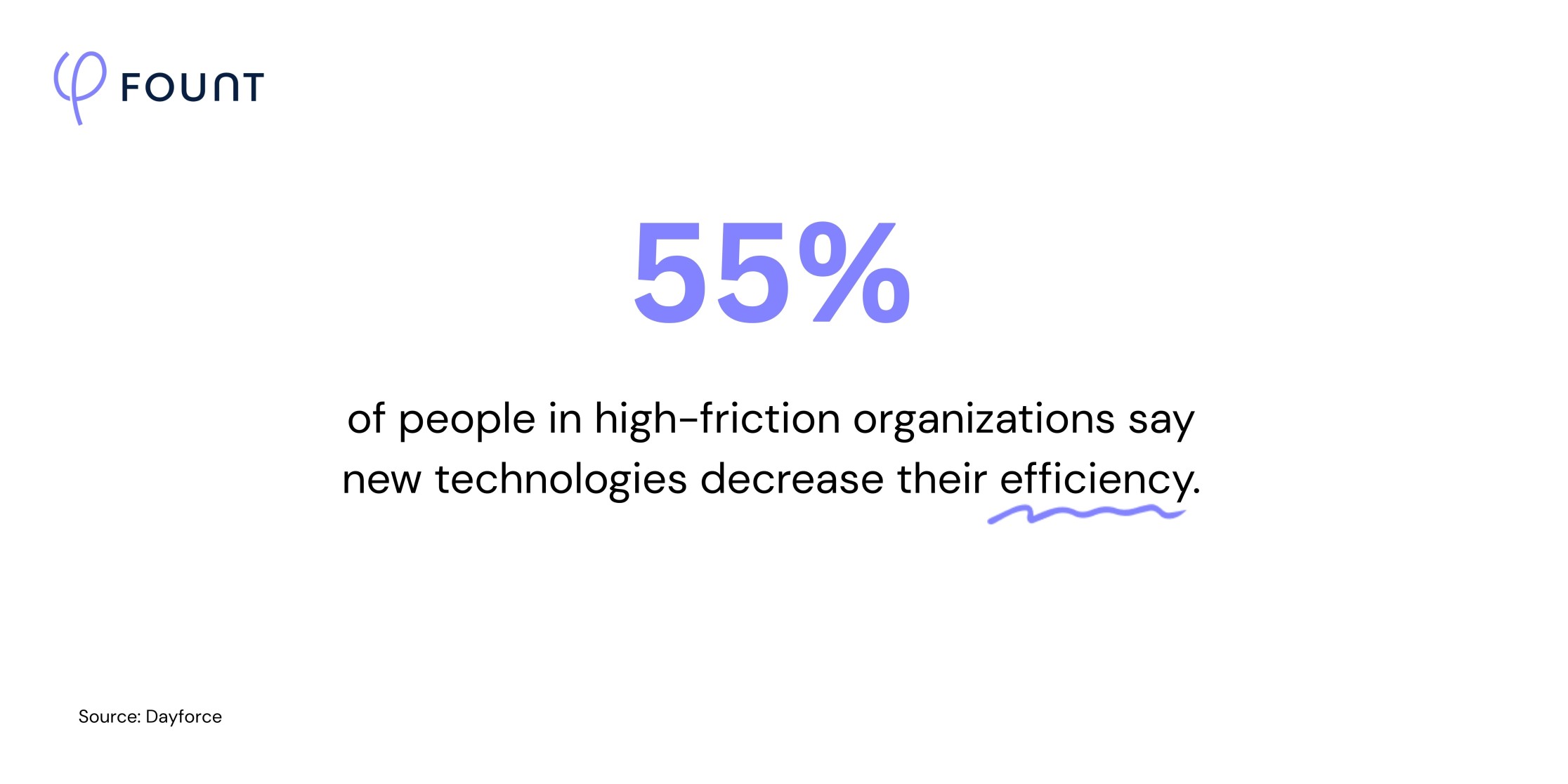

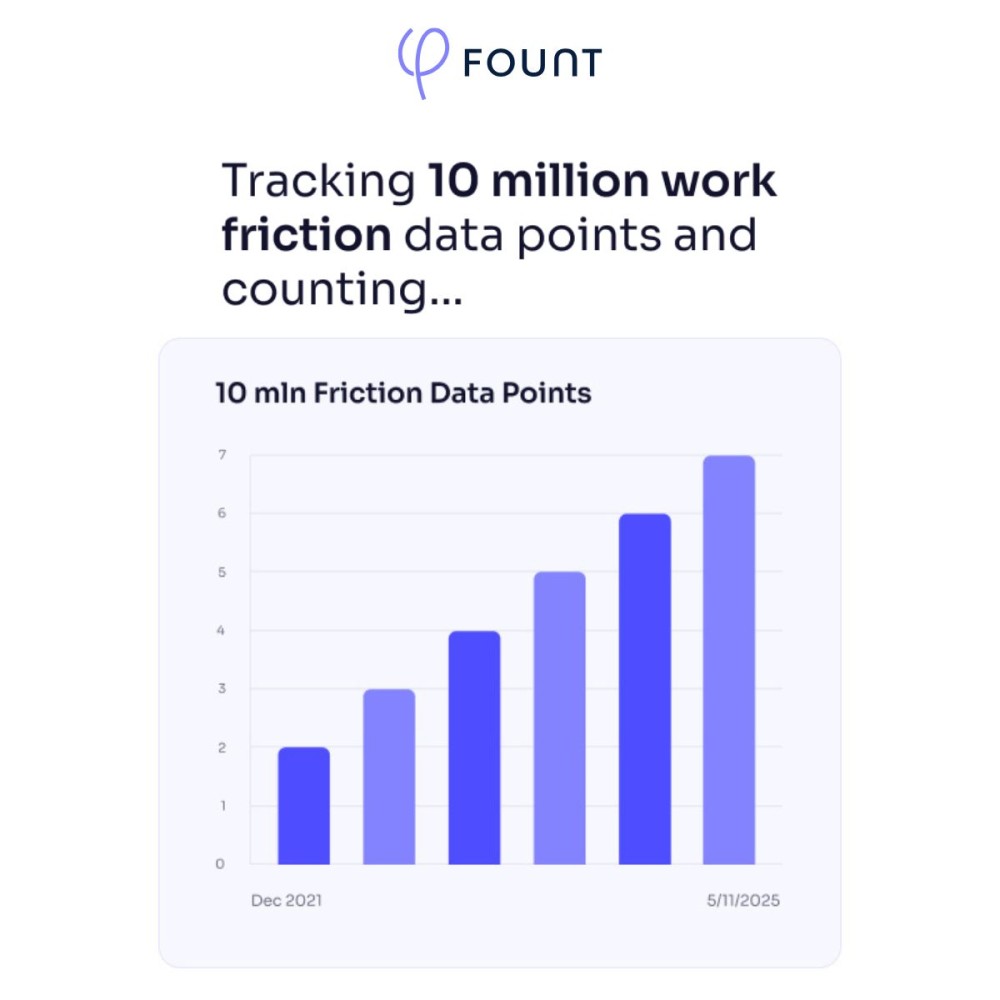
.svg)
.svg)